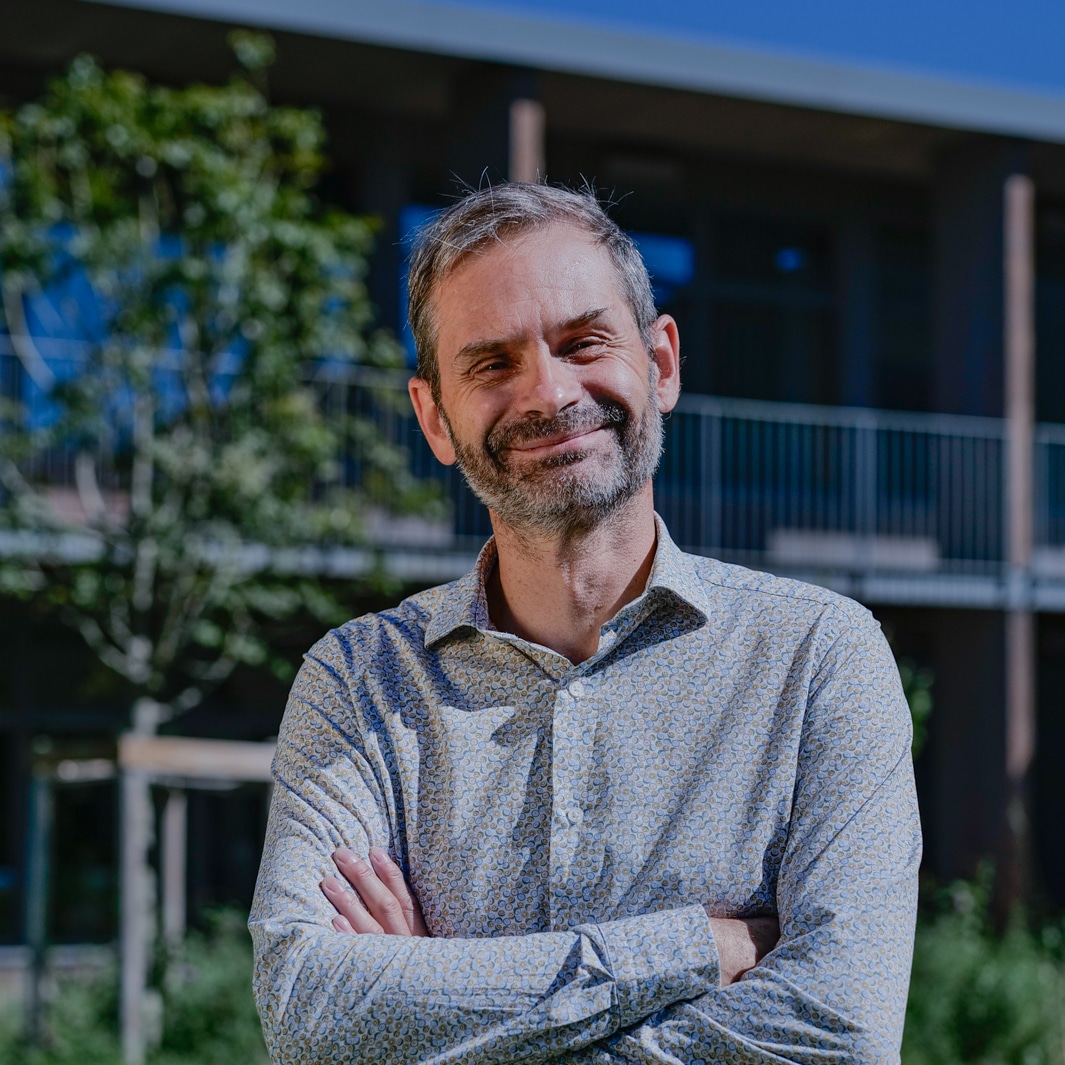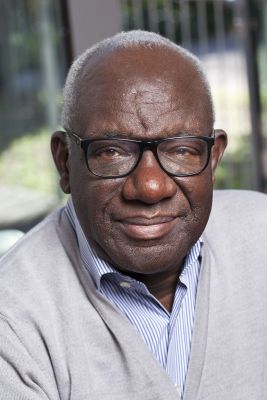
Maxime Nicolas
Research project
Fluxes in cities
Project summary
Cities are places of movement. The most obvious observation concerns the movement of people and vehicles, but many other flows are also present: wind, clean and waste water, electricity, digital data, heat, but also economic values and goods. The superimposition of urban, aerial and underground networks and the multiplicity of objects on the move make observation and representation complex, but also extremely rich. Because all these fluxes can intersect and interact. Obviously, road and pedestrian fluxes must obey simple rules of avoidance, but some interactions are more subtle and deserve close observation. The role of the sun’s heat flux in summer or wind trajectories on pedestrian fluxes is more subtle; these fluxes resemble a force that pushes pedestrians towards certain comfort areas that are not always part of the trajectory that minimises travel time. Certain fluxes of the same nature can also cross and mix to generate moving, complex and chaotic structures. These structures are objects for scientific observation, but they can also be the basis for aimless observation, accessible to non-academic observers.
How do we look at fluxes?
Part of the project concerns the interweaving of different methodologies to observe, quantify and conceptualise the notion of ‘flux’ in the urban environment. These methodologies, derived from physics and fluid mechanics in particular, but also from geography, urban planning and sociology, are superimposed in an attempt to identify concepts common to everything that is transported, circulated and mixed. As a first step, a zoology of the objects that move will have to examine the possible and reasonable analogies. In this approach, the classical models used to describe the movement of crowds, which make pedestrians analogous to particles in a granular medium, will be extended, deformed and stretched without any preconceived limits in order to critically question the modelling process.
At the root of all movement and flux are the forces, desires, needs and wishes that trigger and sustain movement. In a city with a few tourist attractions, the movement of a group of tourists obeys simple laws (in the sense of physics) that must respond to the very nature of the “tourist” state. These laws of movement are different from those that guide the movements of workers or people in precarious situations because the motivations are different, but also because the time available for movement is not the same. While the forces that govern physical objects (atoms and molecules in a liquid flow, cars on a road) are well established, they have yet to be precisely defined for ‘objects’ whose movements may contain an element of individual decision. Is such a definition even possible?
Beyond observation, the semantic, visual or sound representation of fluxes opens up a wide spectrum of creative possibilities.
What words for fluxes?
The second part of the project focuses on the words that describe these flux phenomena, with a semantic approach that will echo the concepts identified in the first part. Terms from geography and psychology will be used to bring together disciplines that may seem far apart. One of the most common words in fluid mechanics is “pressure”, a sub-category of “stress” which expresses a force distributed over a surface. A difference in pressure is needed to create a flux, and this pressure will oppose the forces of resistance that prevent the movement from accelerating indefinitely. Transposing these concepts to a flux of pedestrians is tempting, but we need to ask ourselves what the equivalent concept is that will first generate the motivation for the movement and therefore the movement itself. In the case of tourism and the mass movement of individuals in a city, the social pressure that ‘forces’ tourists to go and see the emblematic monuments of a city is a good illustration. This social pressure, which has long been conveyed by tourist guides and the desire to show off what they have done or seen, has become even more pronounced with the prevalence of social networks and influencers, whose audience has become almost infinite.
In addition to the example of ‘pressure’, this project will use the tree of words from the vocabulary of physics and fluid mechanics as a basis for dialogue between different disciplines, a dialogue that will evolve into an attempt to represent the invisible nature of fluxes in an urban environment.
Biography
Maxime Nicolas has a doctorate in liquid physics and is currently a university lecturer at Aix Marseille Université and a researcher at the IUSTI laboratory (UMR 7343). He studies the flow of complex fluids and granular media, and his current research involves modelling the behaviour of cohesive powders using experiments and theoretical models. As a member of the board of the Cities, Territories and Mobility Hub of the CIVIS alliance since 2021, he interacts with geographers to offer his physicist’s perspective on tourism-related travel, with a focus on the problems arising from overtourism. He teaches fluid mechanics, vibration mechanics and acoustics at Polytech Marseille and at the Faculté des Sciences.



